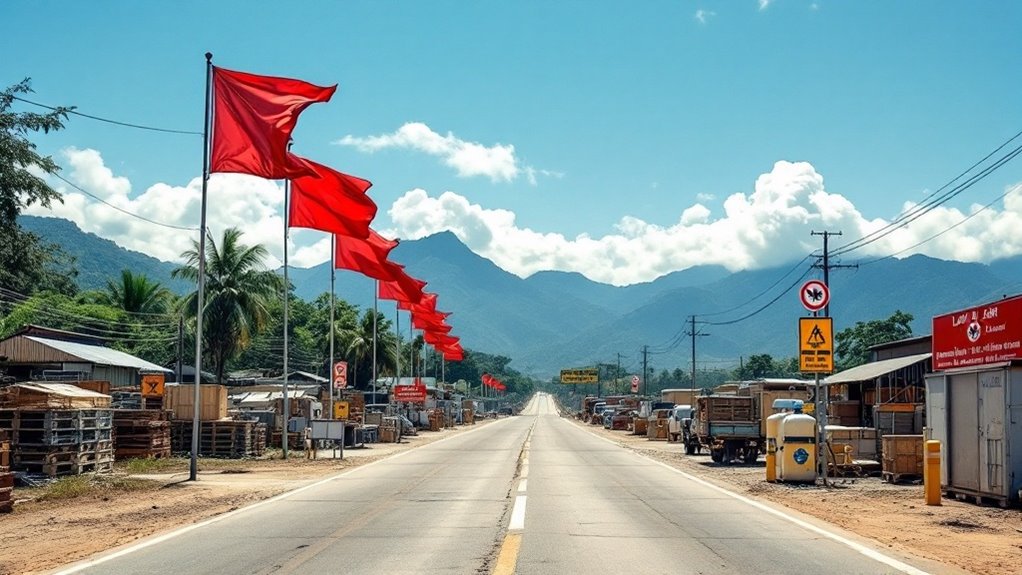After Thailand reported its first anthrax death in thirty years in Mukdahan Province, Laos swiftly sealed its borders and imposed an immediate ban on all livestock and meat imports from Thailand, including cattle, buffaloes, sheep, goats, pigs, and horses. Emergency health protocols now mandate disinfection of vehicles, enhanced surveillance at border crossings, and strict monitoring of local herds. These measures aim to prevent the spread of Bacillus anthracis, with further coverage available detailing regional impacts and official responses.
Following the recent fatal anthrax case in Mukdahan Province, Thailand—the first in that country in three decades—Laos has implemented an extensive set of emergency measures to prevent the spread of Bacillus anthracis within its borders. Bacillus anthracis, a spore-forming bacterium that occurs naturally in soil, primarily infects livestock and wild animals but can also be transmitted to humans through contact with infected animals or contaminated animal products.
After a fatal anthrax case in Thailand, Laos swiftly enacted emergency measures to prevent Bacillus anthracis from crossing its borders.
In April 2025, the outbreak in Mukdahan led to one death, prompting the Lao Ministry of Agriculture and Forestry to take decisive action. Authorities immediately suspended all meat and livestock imports from Thailand, including cattle, buffaloes, sheep, goats, pigs, horses, and all related products. This import ban also extended to animals transiting through Laos from Thailand.
At all border crossings, officials were instructed to enforce strict disease control protocols, including mandatory disinfection of vehicles with antibacterial solutions. Local officials in border areas are closely monitoring compliance, and surveillance for illegal animal or meat smuggling has been intensified. Increased checkpoints and inspections at border crossings have been established to decrease the risk of infected livestock entering the country.
Within Laos, livestock owners are required to monitor animals for symptoms and report suspicious cases promptly. The government is conducting regular inspections and has issued public guidelines regarding the safe handling of animals and animal products. As part of heightened surveillance of anthrax, authorities are focusing on large farm districts and closely tracking animal health to detect any early signs of infection. As of May 7, 2025, no anthrax cases have been reported in Laos, although the country experienced a previous outbreak in Champasak Province in March 2024, which resulted in three confirmed cases.
Public awareness efforts have been heightened, with education campaigns, mandatory vaccination drives in high-risk zones, and the distribution of official information on anthrax risks and reporting procedures. The economic impact is substantial, as Laos relies heavily on Thailand for meat and livestock products.
Businesses involved in the import and sale of Thai animal products have been ordered to halt operations, and the government is considering alternative suppliers and increased local production to mitigate food security risks. Health authorities remain on standby for rapid response, with national preparedness measures in place should an outbreak occur within Lao borders.









